Inspirations
For my main project this semester, I will be pursing wearable technology. For the functionality of the artifact I was first inspired by a collaboration with Levis and Google. Together, they designed a jacket for bicycle commuters that utilized conductive thread to recognize hand gestures. This meant you could control basic aspects of your phone just by touching your jacket.

Another interesting example of wearable technology is the company The Unseen. They developed apparel and accessories that changed colors based on environmental factors. In the following example, a bag changes color based on heat (hand prints).
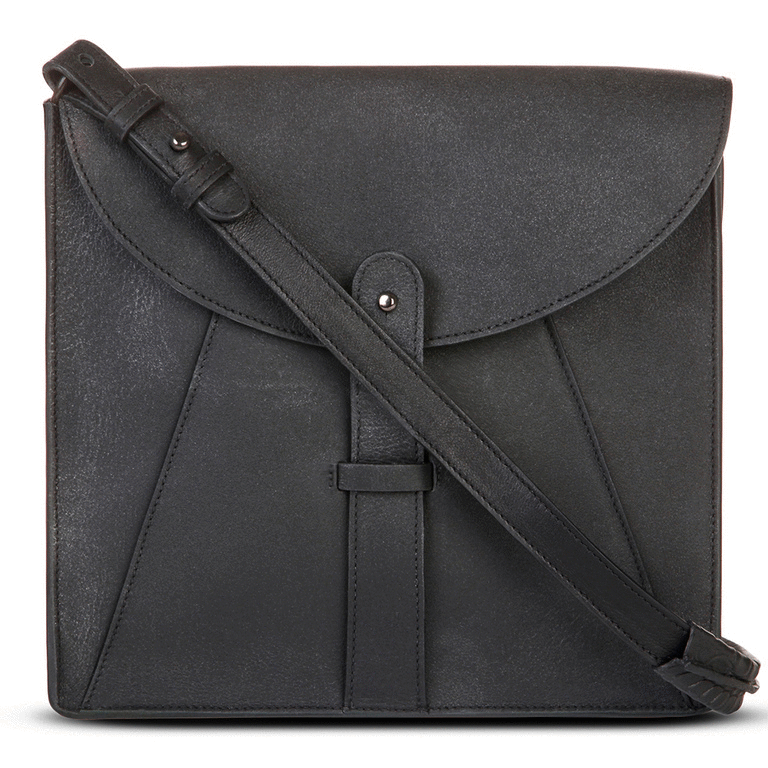
Both of the above examples are very interactive, which I would like to replicate in my artifact. As for the aesthetics, I was inspired by the Instagram user interface. Therefore, I plan to implement a flat design aesthetic in my artifact. Flat design is common in graphic design and characterized by minimalism, color gradients, and borderlines [https://en.wikipedia.org/wiki/Flat_design]. The Instagram logo in particular is a great example of this aesthetic.

Vision
Instagram served as more than just the aesthetic inspiration behind this project. It also informed the motivation of the project. I want to replicate the psychological effects of receiving a “like” on social media. When people receive likes on Instagram, they get a rush of dopamine. This is done in part through the use of bright colors. Many of us associate excitement with the following image.

What if instead of motivating online connections, we could motivate in-person connections. That is the goal of this project, which I will be entitling Dopamine. It works by lighting up your clothes in fun and exciting ways when you make a connection with someone (shake hands, high five, fist bump).
Specifications
Display – Addressable LED strips along the sleeves and neck of an existing long sleeve t-shirt or sweatshirt.
Interactivity – Turn on lights when user shakes hands, high fives, or fist bumps another person.
Power source – Operate with 5V, 4A power source: https://www.sparkfun.com/products/15352
Color – High resolution, high saturation color gradients utilizing primary colors (red, blue, yellow).
Wearability – Fit power source in pocket, optional glove with capacitive touch sensors, conductive thread between LEDs
Design
The design for Dopamine could be divided into three different elements; aesthetics, mechanical, and electrical. For the aesthetics, high saturation color gradients will be utilized. The following image was made in Illustrator to demonstrate what the desired final artifact will look like from an aesthetic perspective.
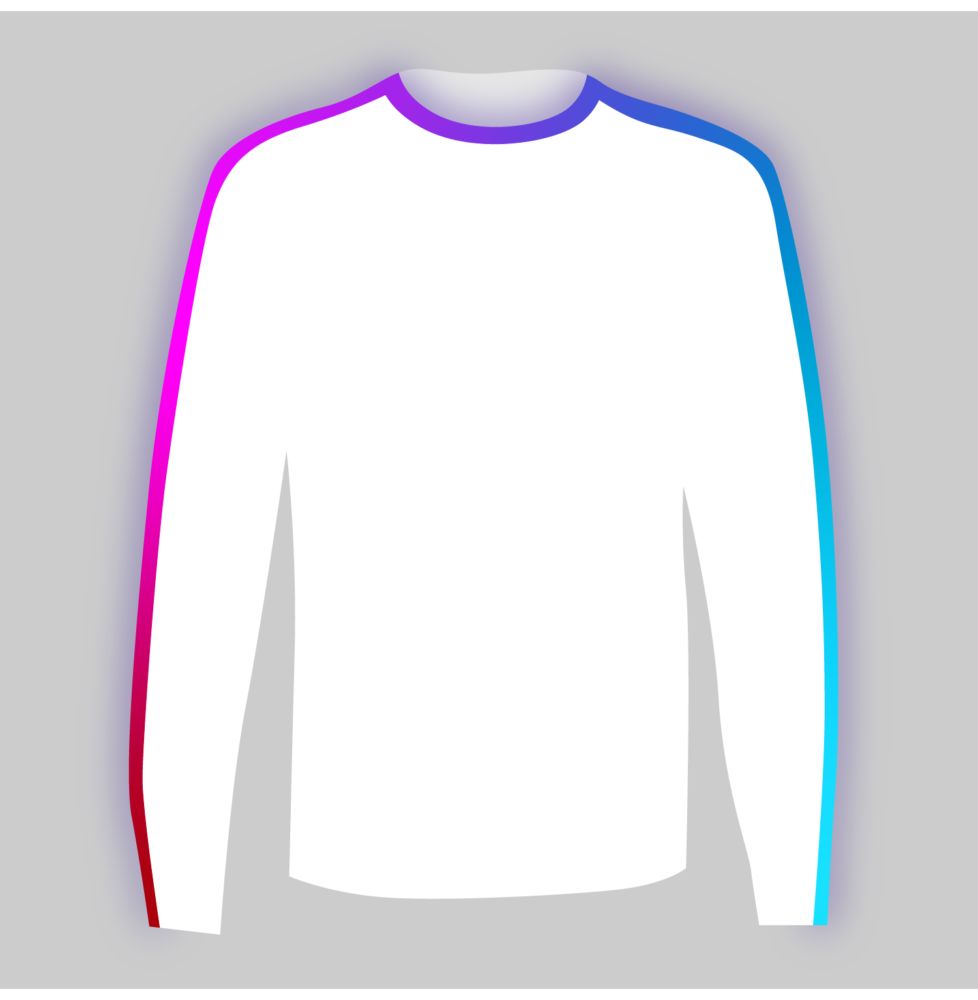
For the mechanical design, an existing shirt will be modified as opposed to creating a shirt from scratch. Additionally, I will be creating a glove with multiple capacitive touch sensors that allows for multiple kinds of interactions to be detected. In the image below, the green boxes indicate capacitive touch sensors. Utilizing one on the front of the pointer finger and one on the back should detect a large variety of interactions.
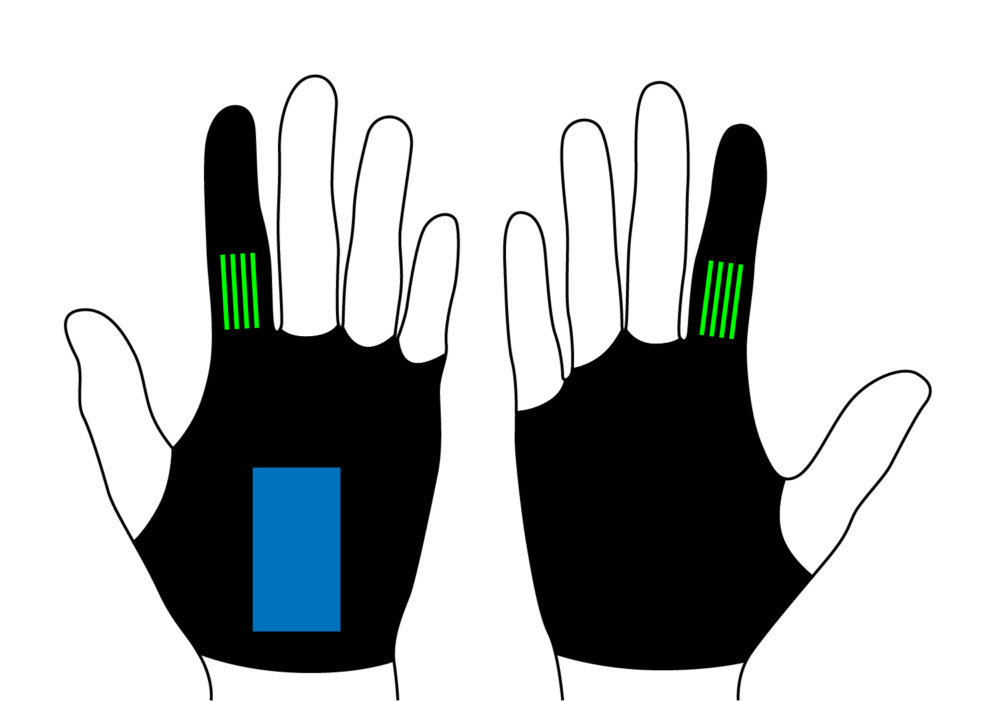
For the electrical design, the WS2812B addressable LED’s will be utilized. This PCB can be used to wire the LED to conductive thread. Libraries used in this design can be found at https://github.com/sparkfun/SparkFun-Eagle-Libraries.

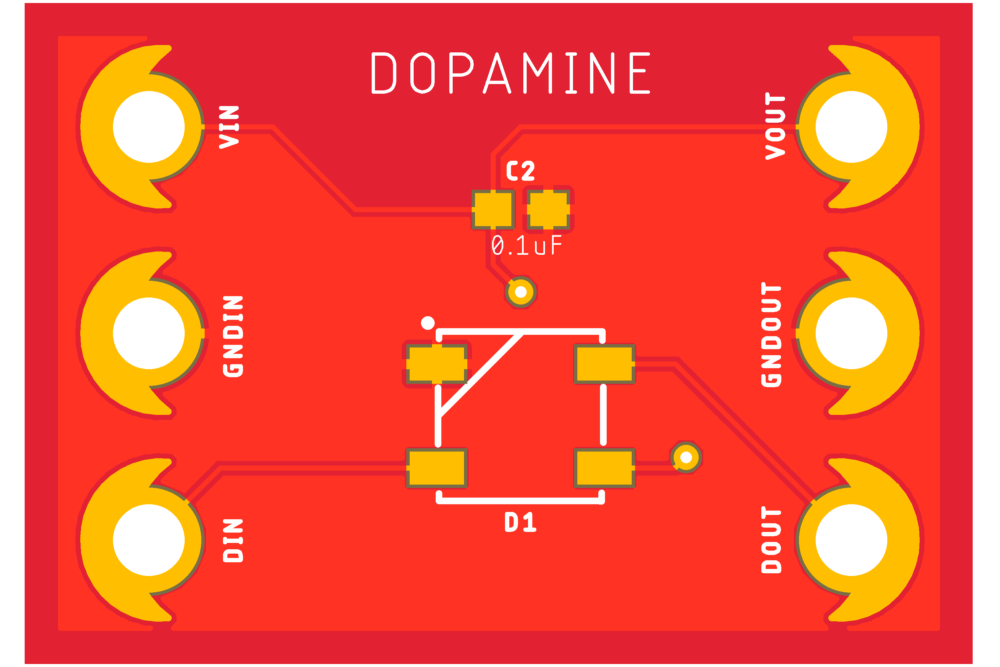
A capacitive touch sensor can be made utilizing a large resistor and a small metal plate (tin foil for example). If the plate is touched, a “capacitor” is created which changes the time constant of the RC circuit. This change can be detected using the Arduino CapactiveSensor library. The following PCB can be used to make this sensor.
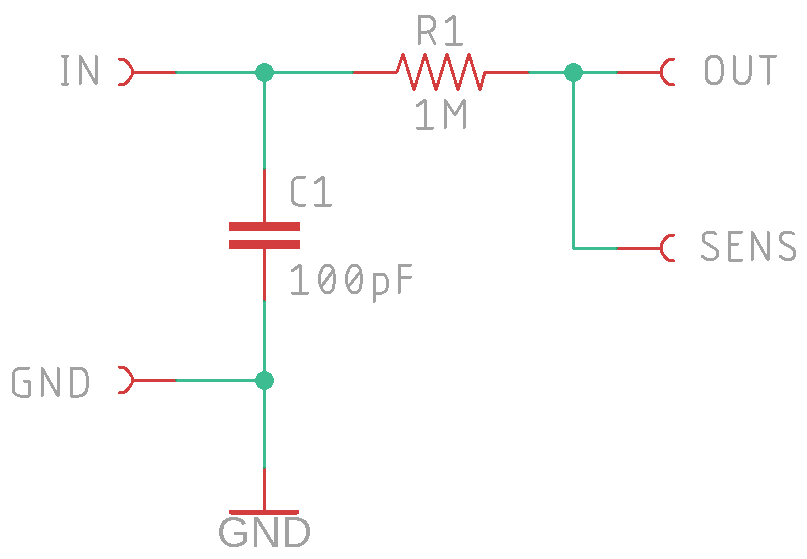
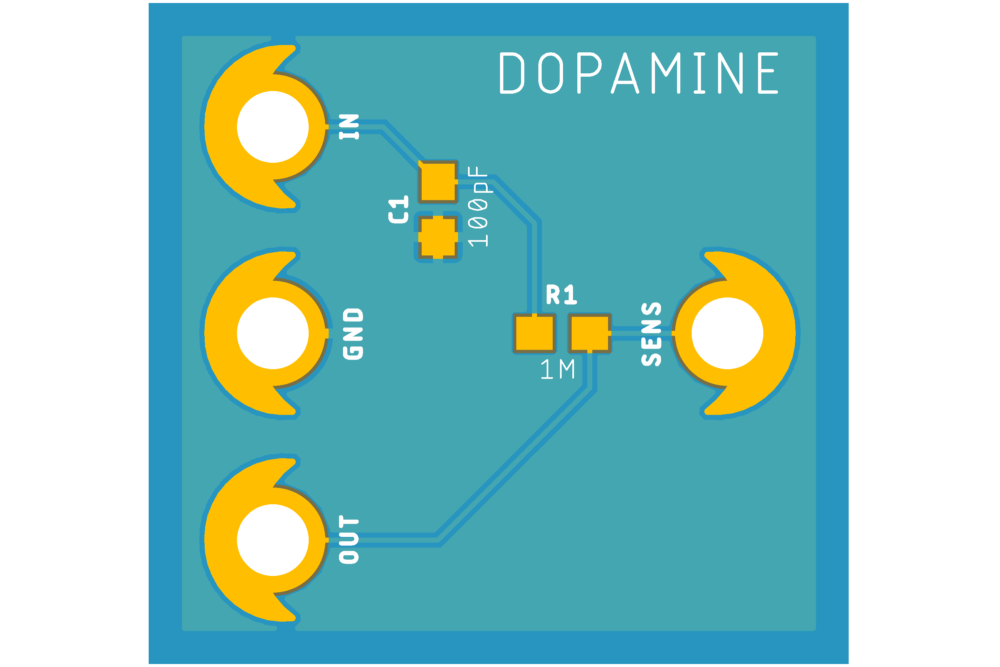
Prototyping
Because I have experience with addressable LEDs and electronics, I’ve focused the first weeks of this project on learning to sew. I have taken the sewing workshop at the ITLL and have practiced standard forward stitching.
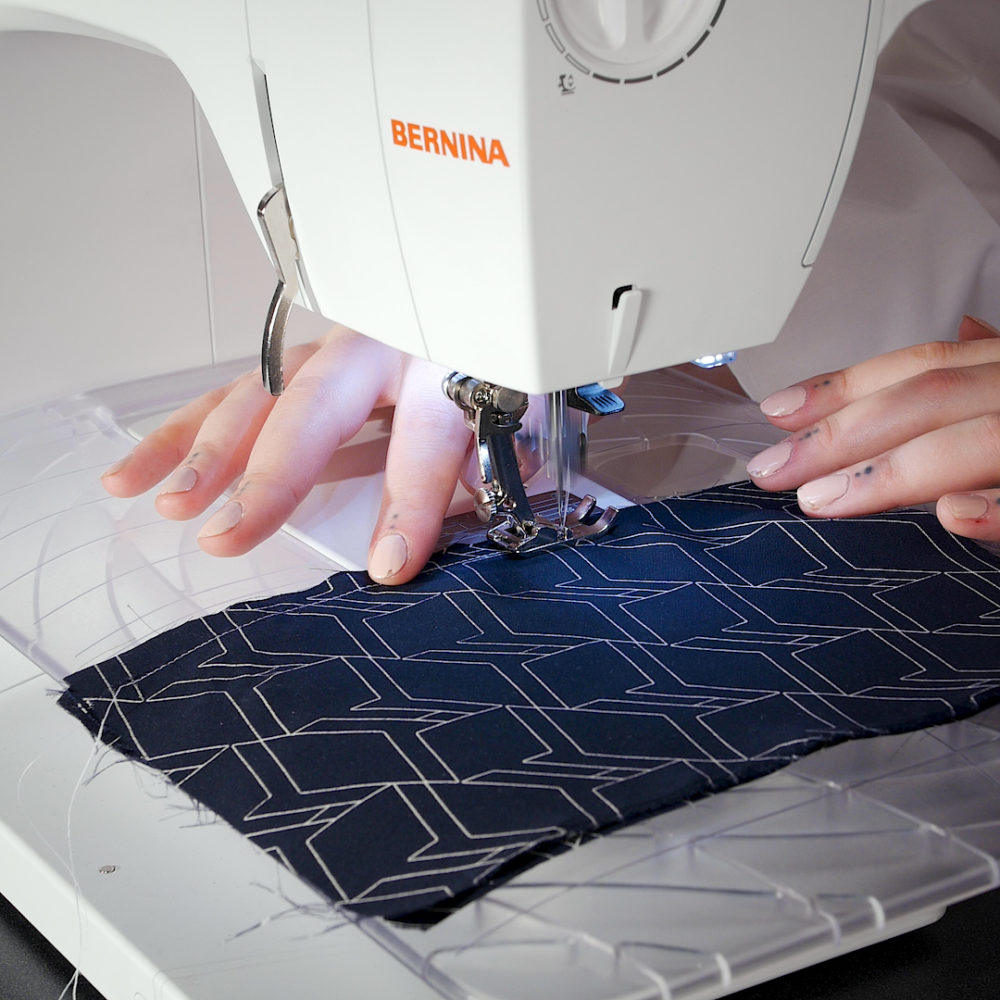
I do however need additional practice with seam finishes and creating a clean looking final product.

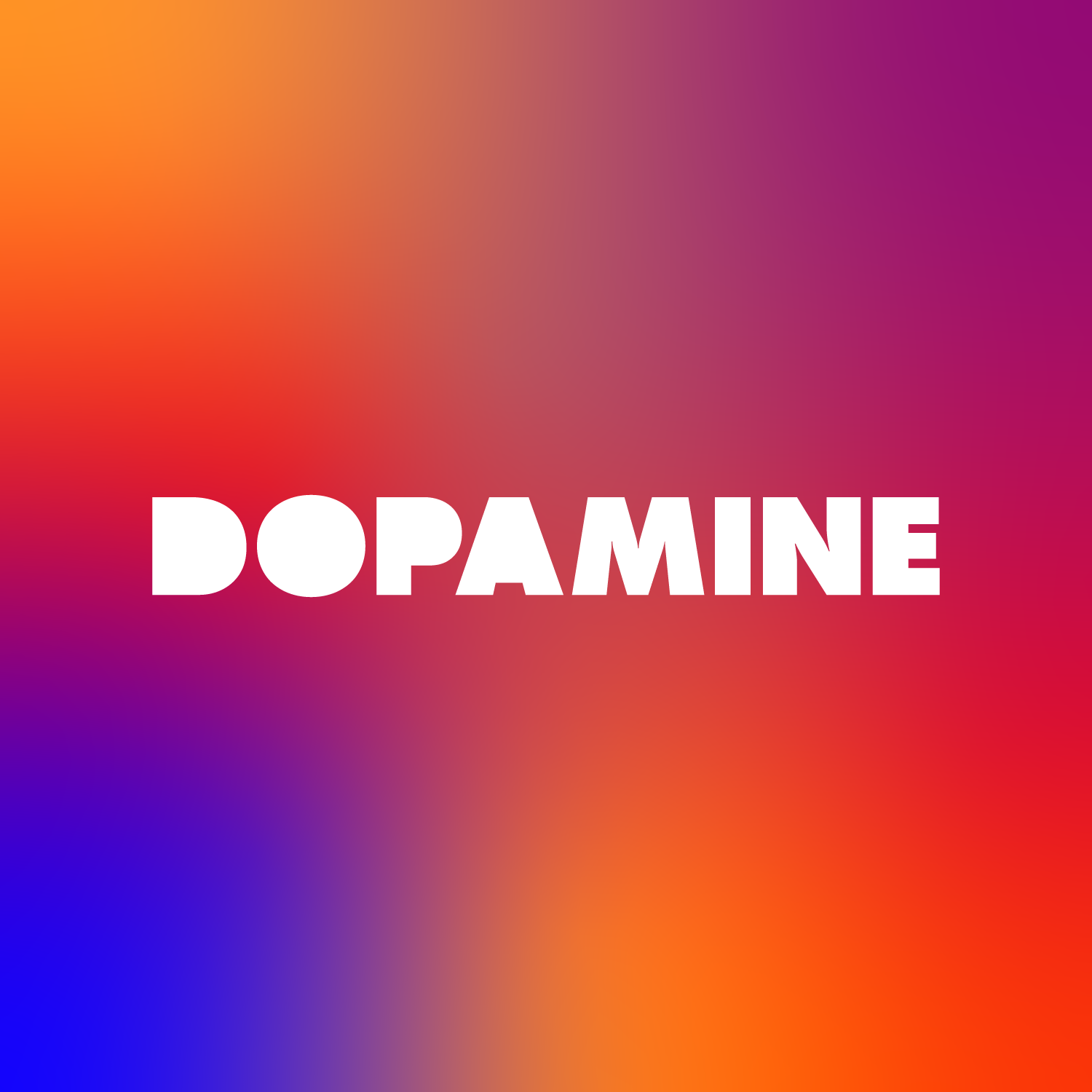
12 Comments. Leave new
Very interesting project! I like the complexity of the project that requires you to step out of your comfort zone and learn new things. Since human interactions and intensity vary from a person to another, how sensitive to detecting movements are you planning to make it? In other words, what is your baseline for interactions? Really excited to see your final project!
That is a great point Abdulrahman. It is going to require some testing with the capacitve touch arduino library to determine a good threshold output. I will test the output for various types of interaction. Considering the recent developments relating to the coronavirus, maybe I’ll instead aim to detect near contact instead of actual contact. Again, it depends on how testing goes.
Hey Jackson,
This is a very well thought-out and innovative idea you have, but I do share the same concerns as Danny regarding your timeline. I think particularly moving from schematic to reality with your circuit planning could pose a challenge, I’d really recommend beginning proto-typing with that ASAP. If struggle with any pieces of it, the ITLL has a pretty nice set up for electronics manufacturing, and knowledgeable staff that can help with speed bumps.
I agree Thomas that I was overambitious. Instead of designing my own PCBs I have opted to use off the shelf solutions and breakout boards. This should mean less manufacturing and troubleshooting time.
Fascinating idea, and well-documented! I could imagine gestures that will replace handshakes and hugs (due to contamination concerns) such as bowing, that would be accompanied by illuminated clothing. I would get a rush of dopamine if that was offered to me!
Thank you Professor Hertzberg. I think that is a great idea given the recent coronavirus developments. Instead of detecting handshakes, perhaps it can detect waves.
This is an interesting and innovative project. You are definitely giving yourself a little challenge with your given timeline. I am really eager to see how this turns out. If I could suggest, I would order those PCBs as soon as possible just because of the worldwide delays right now. In addition, I would consider buying those breakout boards from Sparkfun in case you can’t manufacture your PCB in time. That way, you’ll at least have something to work with in your worst case scenario.
Thanks for the advice Daniel. I agree with you and have opted to utilize the breakout boards instead. This should make every step of the manufacturing and testing process easier.
Jackson,
Super unique and innovative idea. Love the project inspiration. Obviously the functionality of sensors is the critical component in this project. What kind of preliminary testing do you plan on doing before you implement the sensors and circuit into the clothing itself?
Thanks Nate! I first plan on using a multimeter to test for continuity and for shorts to ground. Next, I want to determine an appropriate threshold for the output of the capacitive touch sensor using the Arduino capacitive touch library. This will require informal testing just measuring the output when I interact with the sensor myself.
Interesting concept, and really cool, especially with the rise of wearable technology. I simply am interested how this wearable shirt is going to be able to tell what is an “interaction” compared to false positives garnered by lots of movement.
Overall, colors and clothes are always really fun, and I imagine this project is going to be awesome to wear and look at in the end!
Thanks Emi! With the use of capacitive touch sensors it will be difficult to isolate false positives. This will be something I’ll have to explore when testing. If I end up switching to an accelerometer where I instead attempt to detect when you wave to someone, this would be easier to isolate false positives. Because waving has repetitive, predictive motion it is easier to differentiate from random motion.